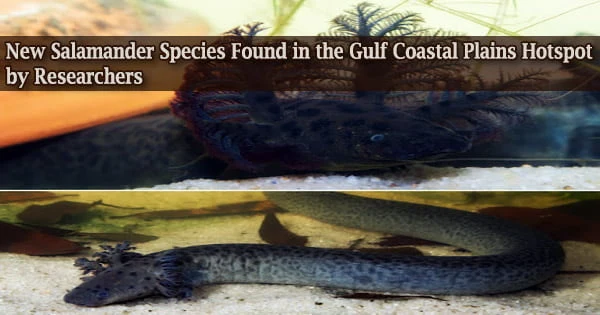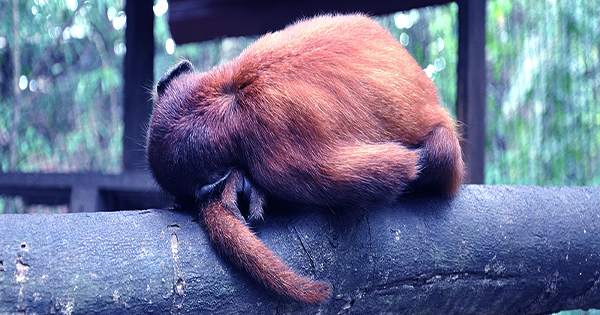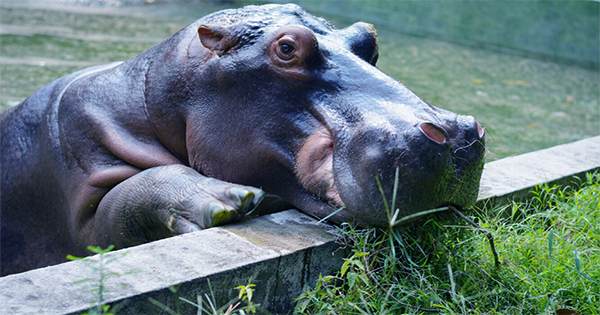One-third of the 750 salamander species that have been identified by science are found in North America. The Gulf Coastal Plain in southeast Mississippi and southwest Alabama is home to a new species of swamp-dwelling dusky salamander that has been uncovered by a research team led by R. Alexander Pyron, the Robert F. Griggs Associate Professor of Biology at the George Washington University.
The discovery broadens our understanding of the biodiversity in the Coastal Plain of the Southeast United States, a potential biodiversity hotspot zone that satisfies international standards. The area has reportedly been extensively investigated for hundreds of years, but it still possesses a wealth of unexplored diversity, according to the experts.
“This discovery shows us how much more there is to learn even in our own backyards,” Pyron said.
“The famed naturalist E.O. Wilson called this region ‘America’s Amazon,’ where ivory-billed woodpeckers and red wolves once lived. We are losing biodiversity at a dramatic rate, while still discovering how much was originally there. Salamanders are among the most imperiled animals globally, and we’ve yet to understand their true biodiversity.”
Desmognathus pascagoula, a new species of salamander, was found to be similar to Desmognathus valentinei, a different recently discovered species, according to the researchers.
The famed naturalist E.O. Wilson called this region ‘America’s Amazon,’ where ivory-billed woodpeckers and red wolves once lived. We are losing biodiversity at a dramatic rate, while still discovering how much was originally there. Salamanders are among the most imperiled animals globally, and we’ve yet to understand their true biodiversity.
R. Alexander Pyron
But the new species differs in certain physical, genetic, and geographical ways. Sequencing the genomes of D. valentinei and D. pascagoula samples allowed the researchers to identify genetic differences in 881 distinct genes.
Using specimens from the Smithsonian’s National Museum of Natural History, they additionally contrasted the body composition of D. pascagoula with D. valentinei and Desmognathus conanti, two more local species. They discovered little but substantial differences: D. pascagoula has a smaller head and nose, a longer, more slender body.
“Many of these dusky salamanders are cryptic, meaning they can’t easily be told apart with the naked eye, which is one reason they went undiscovered for so long,” Pyron said.
“Only with genome sequencing can we see how different they really are. Then, precise measurements of preserved specimens reveal tiny differences in things like the width of the head, which are otherwise imperceptible.”
The scientists say that more investigation will be required to shed light on the biology of D. pascagoula as well as its former and present geographic range. In order to clearly see “portholes,” postocular stripes, and snouts, Pyron advises other field researchers and citizen scientists looking for the species to concentrate on photographs of the lateral surfaces of the body and head.
Future investigations might also point to the existence of undiscovered Desmognathus species in the Coastal Plain of the Southeast United States. This study was funded by the National Science Foundation (DEB-1655737, DEB-1656111 and DGE-0947944).
















